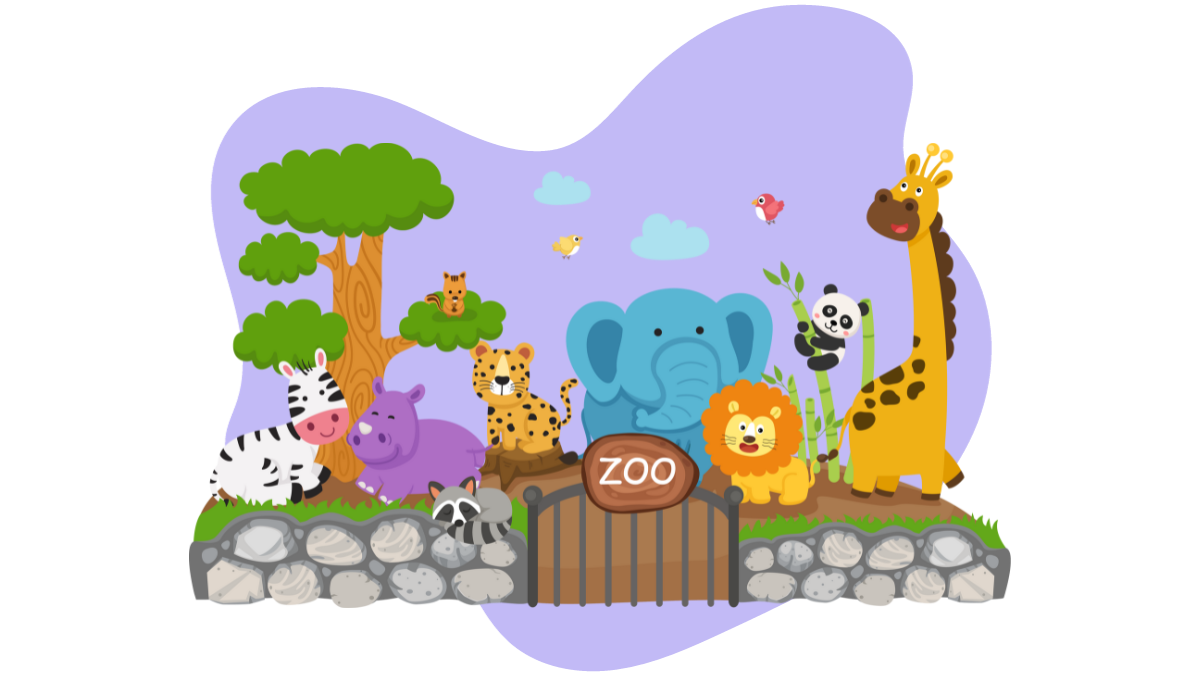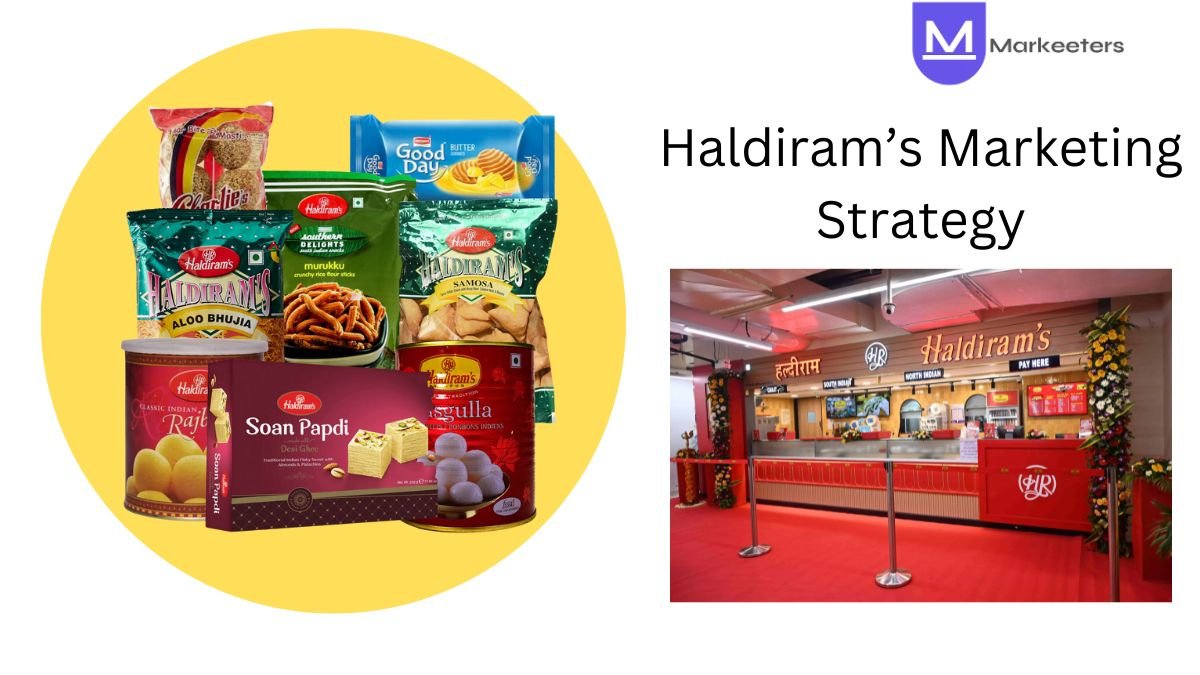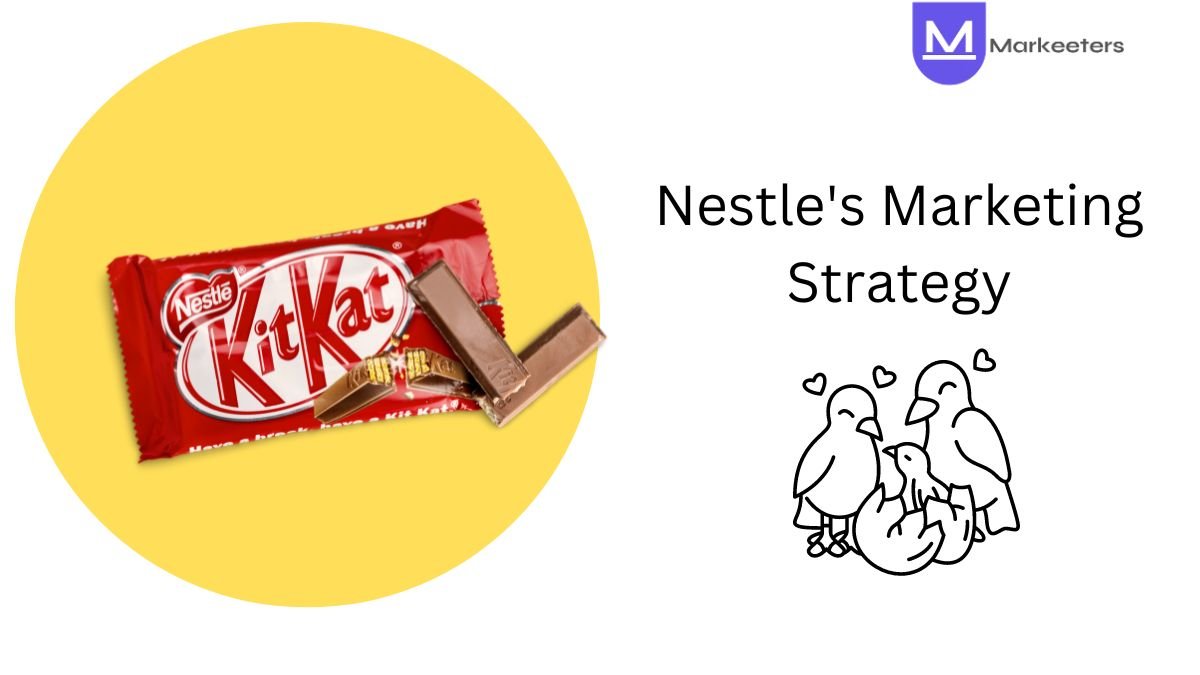Social media is an invaluable tool for zoos to connect with wildlife enthusiasts, educate the public, and foster a community passionate about conservation. This guide outlines strategies to leverage social media for increased engagement, visitor awareness, and conservation advocacy in the zoo industry.
Target Audience
Identify the primary audience for zoo social media marketing:
- Wildlife Enthusiasts & Nature Lovers – Engaging individuals interested in animals, conservation, and wildlife experiences.
- Families & Educational Groups – Targeting families, school groups, or educational institutions seeking informative and entertaining experiences.
- Tourists & Travelers – Attracting tourists visiting the area interested in exploring the zoo’s offerings as part of their travel itinerary.
- Conservationists & Environmentalists – Engaging individuals passionate about conservation efforts, biodiversity, and wildlife protection.
Goals
Define the objectives of utilizing social media for zoo marketing:
- Visitor Engagement & Awareness – Showcasing exhibits, animal encounters, events, and prompting visitors to explore the zoo.
- Conservation Education – Educating the public about conservation efforts, wildlife protection, and species preservation.
- Community Building & Advocacy – Fostering a community interested in conservation, engaging discussions, and encouraging advocacy.
- Revenue Generation & Membership – Promoting ticket sales, memberships, events, and attracting sponsors/donors for conservation programs.
Platforms to Focus On
Identify key social media platforms for zoo marketing:
- Instagram – Visual platform showcasing animal encounters, exhibits, educational content, and captivating visuals related to wildlife.
- Facebook – Utilize business pages, share videos of animal behavior, conservation updates, events, and engage with the zoo community.
- YouTube – Host educational videos, behind-the-scenes, live animal feeds, or species spotlight videos for comprehensive wildlife insights.
- Twitter – Share quick updates, conservation news, event announcements, and engage in conservation discussions.
Content Strategies
Develop content strategies tailored for zoo marketing:
- Animal Spotlights & Educational Facts – Sharing captivating images/videos of animals, interesting facts, and stories about their habitats.
- Conservation Initiatives & Success Stories – Highlighting conservation efforts, successful breeding programs, or wildlife release programs.
- Behind-the-Scenes & Zookeeper Stories – Offering glimpses into zoo operations, keeper talks, training sessions, or animal care insights.
- Event Promotion & Interactive Activities – Promoting zoo events, wildlife workshops, quizzes, or interactive challenges for engagement.
Engagement & Conversion Tactics
Implement strategies to engage visitors and convert social media engagement into zoo visits or memberships:
- Call-to-Action (CTA) – Encouraging followers to visit the zoo, attend events, purchase memberships, or support conservation causes.
- Interactive Quizzes & Contests – Organizing quizzes, caption contests, or photo challenges with prizes to encourage participation.
- Live Animal Feeds & Q&A Sessions – Hosting live sessions featuring animal feeding, keeper talks, or Q&A sessions with zoo experts.
- Community Engagement & Conservation Discussions – Encouraging discussions, sharing conservation tips, and fostering a community around wildlife.
Analytics & Optimization
Utilize analytics to measure and optimize social media performance for engagement, visitor conversions, and conservation impact:
- Engagement Metrics – Monitor likes, comments, shares, and engagement across social media platforms.
- Conversion Tracking – Track website visits, event registrations, membership purchases, or donations from social media referrals.
- Audience Insights – Understand demographics, interests, and engagement patterns for targeted content and ad campaigns.
- Campaign Optimization – Adjust strategies based on performance, analyze successful content, and refine targeting for ads or promotions.
Challenges & Solutions
Address potential challenges in zoo social media marketing:
- Educating & Engaging – Creating content that educates while entertaining to engage diverse audiences.
- Seasonal & Event Promotion – Effectively promoting seasonal events, new exhibits, or limited-time experiences.
- Funding & Sponsorship – Seeking sponsorships, partnerships, or donations for conservation initiatives.
- Advocacy & Action – Encouraging followers to take part in conservation efforts, support wildlife protection, and engage in sustainable practices.
Conclusion
Leveraging social media effectively can significantly enhance visitor engagement, awareness, and conservation advocacy for zoos. This guide provides strategies for engaging wildlife enthusiasts, showcasing zoo experiences, and building a passionate online community interested in conservation efforts.







